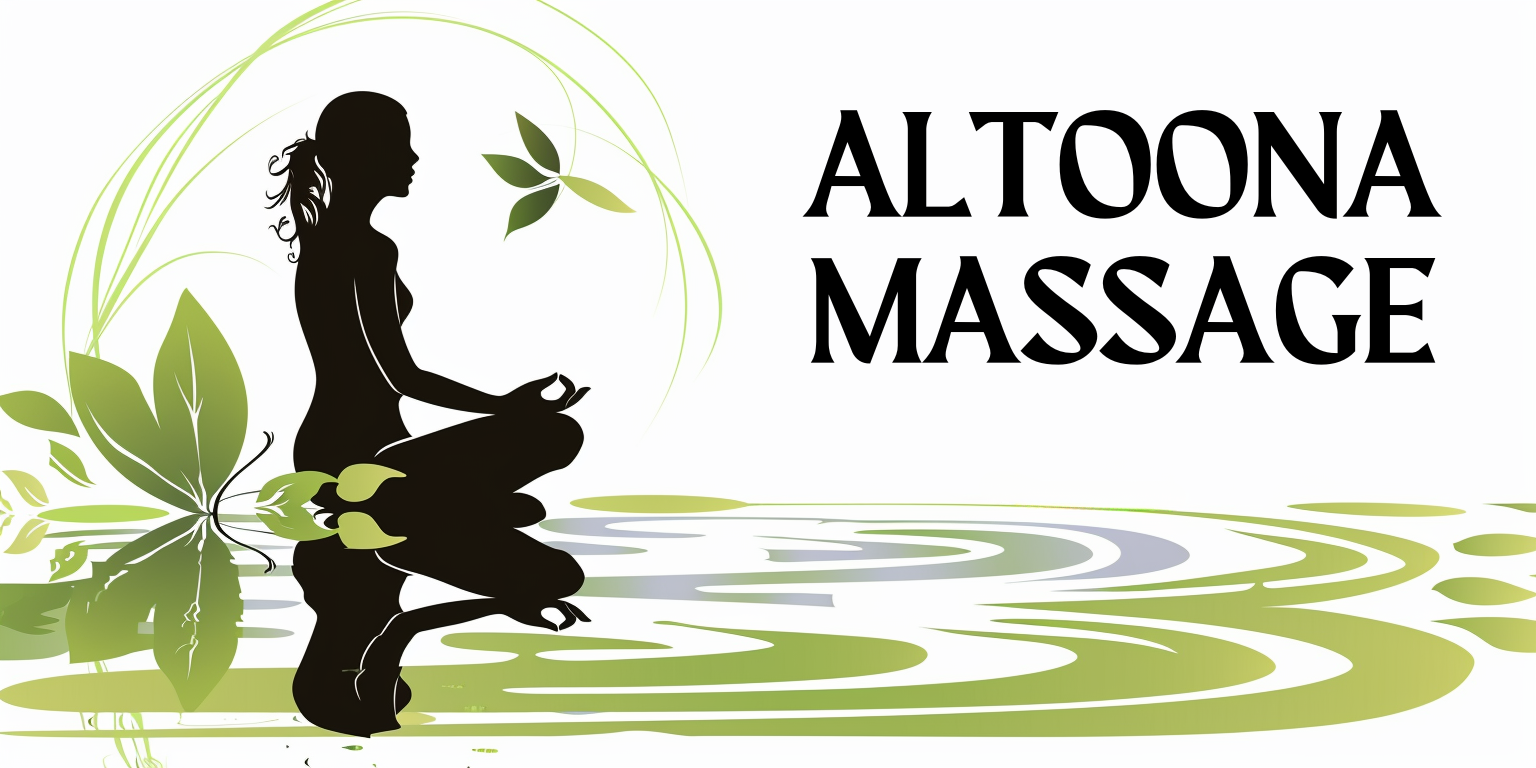In today’s fast-paced work environment, stress and fatigue have become almost ubiquitous. You may find yourself juggling multiple tasks, meeting tight deadlines, and navigating office politics, all of which can take a toll on your mental and physical well-being. The consequences of prolonged stress can manifest in various ways, including decreased productivity, increased absenteeism, and a higher likelihood of burnout.
You might notice that your concentration wanes, your motivation dips, and your overall job satisfaction diminishes. This cycle of stress can create a negative feedback loop, where the more overwhelmed you feel, the less effective you become. Moreover, workplace fatigue is not just a personal issue; it can affect team dynamics and organizational culture.
When you are fatigued, your ability to collaborate effectively with colleagues diminishes. You may find yourself irritable or disengaged, which can lead to misunderstandings and conflicts. The cumulative effect of stress and fatigue can create a toxic work environment, where employees feel undervalued and overworked.
Recognizing the impact of these factors is crucial for both individual well-being and the overall health of the organization. By addressing workplace stress and fatigue proactively, you can foster a more positive atmosphere that encourages productivity and employee satisfaction.
Key Takeaways
- Workplace stress and fatigue can have a negative impact on employee productivity and overall well-being.
- Regular massage can provide numerous benefits, including reducing stress and fatigue, improving mood, and increasing energy levels.
- Massage can reduce stress and fatigue by promoting relaxation, improving circulation, and releasing tension in the muscles.
- Different massage techniques, such as Swedish massage, deep tissue massage, and aromatherapy massage, can be effective for reducing stress and fatigue.
- Incorporating massage into the workday through on-site chair massages or designated relaxation areas can help employees manage stress and fatigue more effectively.
The Benefits of Regular Massage
Regular massage therapy offers a multitude of benefits that extend beyond mere relaxation. You may be surprised to learn that massage can significantly improve your physical health by reducing muscle tension and enhancing circulation. When you receive a massage, your body releases endorphins—natural painkillers that promote a sense of well-being.
This biochemical response can help alleviate chronic pain conditions, making it easier for you to perform daily tasks without discomfort. In addition to physical benefits, massage has profound effects on mental health. It can help reduce anxiety and depression by lowering cortisol levels—the hormone associated with stress.
You might find that after a massage session, you feel more centered and focused, allowing you to tackle challenges with renewed energy. Furthermore, regular massage can improve sleep quality, which is essential for maintaining optimal cognitive function and emotional balance. By incorporating massage into your routine, you are not only investing in your physical health but also nurturing your mental well-being.
How Massage Can Reduce Stress and Fatigue

Massage therapy serves as an effective antidote to the stressors that accumulate in your daily life. When you engage in a massage session, your body enters a state of relaxation that counteracts the physiological effects of stress. You may notice that your heart rate slows down, your muscles release tension, and your breathing becomes more rhythmic.
This relaxation response is crucial for combating the fight-or-flight reaction that often accompanies workplace stress. Moreover, massage encourages mindfulness—a state of being present in the moment. As you focus on the sensations of touch and movement during a massage, you may find it easier to let go of racing thoughts and worries about deadlines or responsibilities.
This mental shift can lead to improved clarity and focus once you return to work. By regularly incorporating massage into your self-care routine, you create a buffer against the inevitable stresses of life, allowing you to approach challenges with a calmer mindset.
Types of Massage Techniques for Stress Reduction
There are various massage techniques available, each designed to address specific needs and preferences. You might find that Swedish massage is particularly beneficial for relaxation; its long strokes and gentle kneading promote an overall sense of calm. This technique is ideal for those new to massage or seeking a soothing experience after a long day at work.
On the other hand, if you are dealing with specific muscle tension or pain, deep tissue massage may be more appropriate. This technique targets deeper layers of muscle and connective tissue, helping to release chronic tension that can contribute to stress and fatigue. Additionally, techniques such as aromatherapy massage combine essential oils with traditional massage methods to enhance relaxation further.
The choice of technique ultimately depends on your individual needs and preferences; exploring different styles can help you discover what works best for you.
Incorporating Massage into the Workday
Integrating massage into your workday may seem challenging at first, but it can be done with some planning and creativity. Many companies are beginning to recognize the value of employee wellness programs that include on-site massage therapy. If your workplace offers such services, consider taking advantage of them during breaks or lunch hours.
A quick 15-30 minute session can provide significant relief from stress and fatigue without requiring a substantial time commitment. If on-site services are not available, you might explore options such as chair massages or mobile therapists who can come to your workplace. Even short sessions can make a difference in how you feel throughout the day.
Additionally, consider advocating for wellness initiatives within your organization; proposing regular massage days or workshops can encourage a culture of self-care among colleagues. By prioritizing massage as part of your workday routine, you can create a healthier work environment for yourself and those around you.
Case Studies: Success Stories of Workplace Massage Programs

Numerous organizations have successfully implemented workplace massage programs with remarkable results. For instance, a tech company in Silicon Valley introduced weekly chair massages for employees during peak project periods. The outcome was striking: not only did employee satisfaction increase significantly, but productivity also saw a notable uptick.
Employees reported feeling less stressed and more focused after their sessions, leading to improved collaboration and creativity within teams. Another case study involved a healthcare facility that integrated massage therapy into its employee wellness program. Staff members who participated in regular massages reported lower levels of burnout and improved job satisfaction.
The management noted a decrease in absenteeism and turnover rates as well. These success stories highlight the tangible benefits that workplace massage programs can bring—not just for individual employees but for the organization as a whole.
Tips for Finding a Qualified Massage Therapist
Finding a qualified massage therapist is essential for ensuring that you receive effective treatment tailored to your needs. Start by seeking recommendations from friends or colleagues who have had positive experiences with therapists in your area. Online reviews and professional directories can also provide valuable insights into therapists’ qualifications and specialties.
When evaluating potential therapists, consider their credentials and experience. Look for licensed professionals who have completed accredited training programs in various massage techniques. It’s also beneficial to inquire about their areas of expertise; some therapists may specialize in sports massage or therapeutic techniques that address specific issues like stress relief or chronic pain management.
Finally, don’t hesitate to schedule an initial consultation or trial session to gauge whether their approach aligns with your expectations.
Implementing a Workplace Massage Program
If you are interested in advocating for a workplace massage program at your organization, start by gathering information on its potential benefits. Presenting data on how such programs can enhance employee well-being and productivity will strengthen your case. You might also consider conducting surveys among colleagues to gauge interest in on-site massage services.
Once you have garnered support from fellow employees, approach management with a well-structured proposal outlining the program’s objectives, potential costs, and expected outcomes. Collaborating with local massage therapy businesses can help facilitate logistics and pricing arrangements. By taking these steps, you can contribute to creating a healthier work environment that prioritizes employee wellness through the integration of regular massage therapy into the workplace culture.
In conclusion, addressing workplace stress and fatigue is essential for fostering a productive and positive work environment. Regular massage therapy offers numerous benefits that extend beyond relaxation, making it an effective tool for managing stress levels and enhancing overall well-being. By exploring various techniques, incorporating massage into your workday routine, and advocating for workplace programs, you can take proactive steps toward improving both your own health and that of your colleagues.
FAQs
What are the benefits of regular massage in reducing workplace stress and fatigue?
Regular massage can help reduce workplace stress and fatigue by promoting relaxation, reducing muscle tension, improving circulation, and increasing overall feelings of well-being. It can also help to alleviate physical symptoms of stress such as headaches, back pain, and neck tension.
How does massage help to reduce workplace stress and fatigue?
Massage helps to reduce workplace stress and fatigue by triggering the relaxation response in the body, which can lower heart rate, reduce blood pressure, and increase feelings of relaxation and well-being. It also helps to release endorphins, which are the body’s natural painkillers and mood elevators.
What types of massage are most effective for reducing workplace stress and fatigue?
Various types of massage can be effective in reducing workplace stress and fatigue, including Swedish massage, deep tissue massage, and aromatherapy massage. Each type of massage offers unique benefits, so it’s important to choose the one that best suits your individual needs and preferences.
How often should someone receive a massage to reduce workplace stress and fatigue?
The frequency of massage needed to reduce workplace stress and fatigue can vary depending on individual needs and preferences. Some people may benefit from a weekly massage, while others may find that a monthly massage is sufficient to help manage stress and fatigue.
Are there any potential side effects of regular massage for reducing workplace stress and fatigue?
In general, massage is considered to be safe and effective for reducing workplace stress and fatigue. However, some people may experience mild side effects such as temporary soreness or bruising. It’s important to communicate with your massage therapist about any discomfort or concerns during the massage session.
